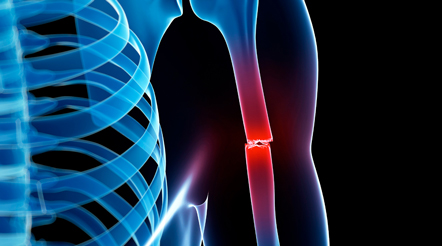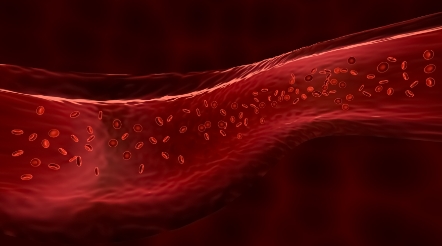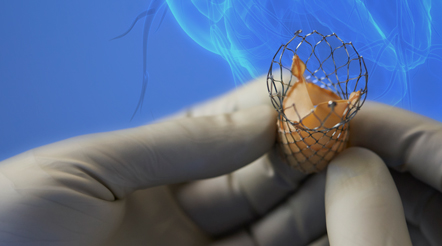
President’s letter
2022 Metrics
Cycle of Translation
Visionary Gifts

Discovery to Clinic

Innovative Education

Translational Luminaries
COVID-19 Studies
Outcomes Research
Restorative Medicine
Houston Methodist and Rice University Launch Center for Translational Neural Prosthetics and Interfaces
Non-invasive Spinal Stimulation Enables Paralyzed People to Stand Unassisted
Dissolvable Implants Enhance the Body’s Ability to Heal Broken Bones
Cell Encapsulation May Hold the Key to Preventing Cell Transplant Rejection
Revolutionizing the Future of Complex Valve Disease Management
Precision Medicine
CPRIT Funding to Drive New Discoveries in Cancer Therapeutics
Siemens Healthineers and Houston Methodist Imaging Innovation Hub Empowers Researchers to Push the Boundaries
Novel Monoclonal Antibody Treatment Halts Tumor Growth in Deadly Ovarian and Pancreatic Cancers
Houston Methodist Institute for Technology, Innovation & Education (MITIESM)
Can Devices Provide A New Treatment Option for Glioblastoma?
Houston Methodist Hospital’s new Paula and Joseph C. “Rusty” Walter III Tower offers the Most advanced treatments and innovations available
Neuroimaging Offers New Insights into Neurodegeneration
result



Science in Service
of
Medicineresult
President's letter
2020 Metrics
Cycle of Translation
Visionary Gifts of Hope


Introduction

The Ann Kimball and John W. Johnson Center for Cellular Therapeutics

The Fondren Food & Health Alliance and The Fondren Inflammation Center

Cockrell Center for Advanced Therapeutics

Paula and Joseph C. “Rusty” Walter III Translational Research Initiative

Jerold B. Katz Academy of Translational Research

From Discovery to Clinic


Introduction

Restorative Medicine


Houston Methodist and Rice University Launch Center for Translational Neural Prosthetics and Interfaces

Non-invasive Spinal Stimulation Enables Paralyzed People to Stand Unassisted

Dissolvable Implants Enhance the Body’s Ability to Heal Broken Bones

Cell Encapsulation May Hold the Key to Preventing Cell Transplant Rejection

Revolutionizing the Future of Complex Valve Disease Management

Precision Medicine


CPRIT Funding to Drive New Discoveries in Cancer Therapeutics



An Innovative New Tool to Enable Drug Discovery and Personalized Medicine


Devising a Novel Combination Treatment for Aggressive Double-hit Lymphoma

Expanding the RNAcore to Encompass the Entire Cycle of a Cure

Siemens Healthineers and Houston Methodist Imaging Innovation Hub Empowers Researchers to Push the Boundaries

Novel Monoclonal Antibody Treatment Halts Tumor Growth in Deadly Ovarian and Pancreatic Cancers

Houston Methodist Institute for Technology, Innovation & Education (MITIESM)


Surgical Technology Developed in MITIE Gains FDA Approval


Pushing the Frontier of the Robotics Revolution

Can Devices Provide A New Treatment Option for Glioblastoma?

Houston Methodist Hospital’s new Paula and Joseph C. “Rusty” Walter III Tower offers the Most advanced treatments and innovations available

Neuroimaging Offers New Insights into Neurodegeneration

Translational Luminaries




Discovery to Clinic

Restorative Medicine
Non-invasive Spinal Stimulation Enables Paralyzed People to Stand Unassisted


Non-invasive Spinal Stimulation Enables Paralyzed People to Stand Unassisted
Dimitry Sayenko MD, PhD, assistant professor of neurosurgery, and his colleagues in the Neuromodulation & Recovery Lab are developing ways to promote mobility in people who have sustained a spinal cord injury.
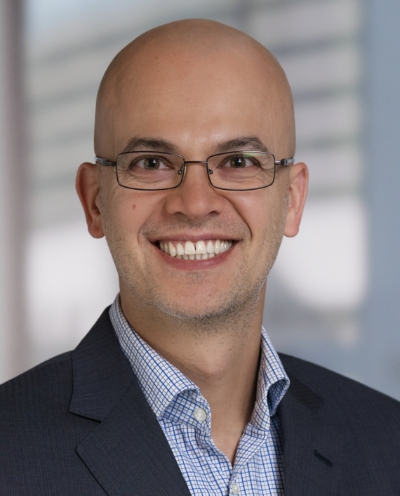
Dimitry Sayenko, MD, PhD
Regaining the ability to control a full weight-bearing standing posture without assistance from weight-supporting devices or other people is a key goal for someone who is paralyzed. Not only does this ability provide a greater level of physical independence and mobility, maintaining balance when standing is the foundation for regaining the ability to walk, including stepping with assistance from robotic devices being developed at Houston Methodist and other places.
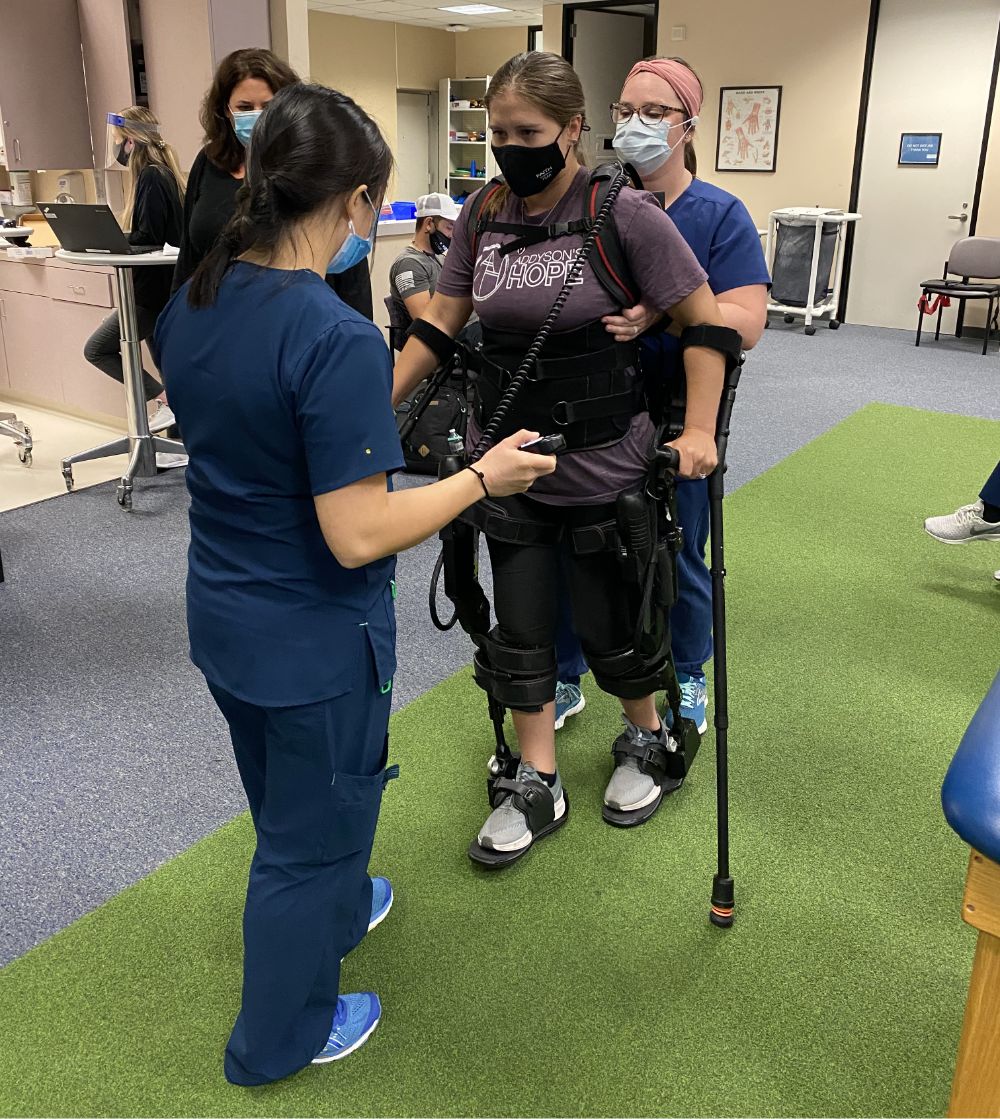
In a well-controlled clinical study published in the Journal of Neurotrauma, people with spinal cord injuries who could not stand unassisted received non-invasive transcutaneous electrical spinal cord stimulation via electrodes placed on the spinal column three days per week for a month.

“Our clinical research program focuses on central nervous system plasticity throughout the course of motor learning and regaining lost sensorimotor function. We are especially interested in exploring the strategies for regaining functionality during self-assisted standing and stepping, as well as for improving control of motor and autonomic functions.”
Dimitry Sayenko, MD, PhD
Assistant Professor
Neurosurgery
Houston Methodist
Following this treatment, all the participants could maintain an upright standing position either independently or with minimal external assistance applied to the knees or hips, using their hands for upper body balance as needed. The quality of their balance control improved with continued training. When the participants shifted their weight while standing, high levels of leg muscle activity emerged that depended on the amount of muscle loading.
These findings suggest that the non-invasive stimulation therapy can modulate the spinal circuitry into a physiological state that enables sensory inputs during weight-bearing to serve as a primary source of neural control to maintain externally unassisted upright posture and balance.
Sayenko has recently began collaborating with Niche Biomedical to initiate a sponsored clinical trial evaluating the effects of spinal stimulation on upper limb function in individuals with spinal cord injury. Niche Biomedical is a multi-disciplinary bioelectronics medical device company focused on developing neuromodulatory technologies to address chronic conditions that have previously defied conventional medical treatment.
More from Discovery to Clinic









